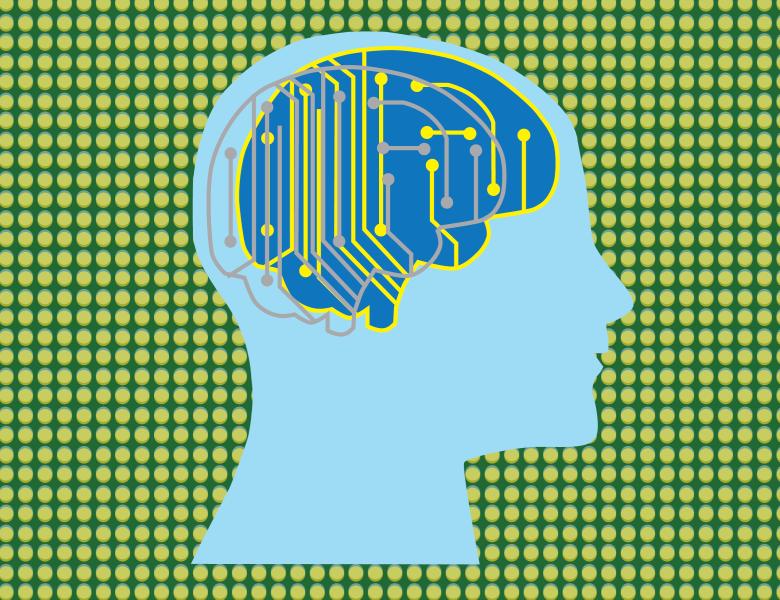Image

Abundance of recently obtained datasets on brain structure (connectomics) and function (neuronal population activity) calls for a theoretical framework that can relate them to each other and to neural computation algorithms. In the conventional, so-called, reconstruction approach to neural computation, population activity is thought to represent the stimulus. Instead, we propose that similar stimuli are represented by similar population activity vectors. From this similarity alignment principle, we derive online algorithms that can account for both structural and functional observations. Our algorithms perform online clustering and manifold learning on large datasets.